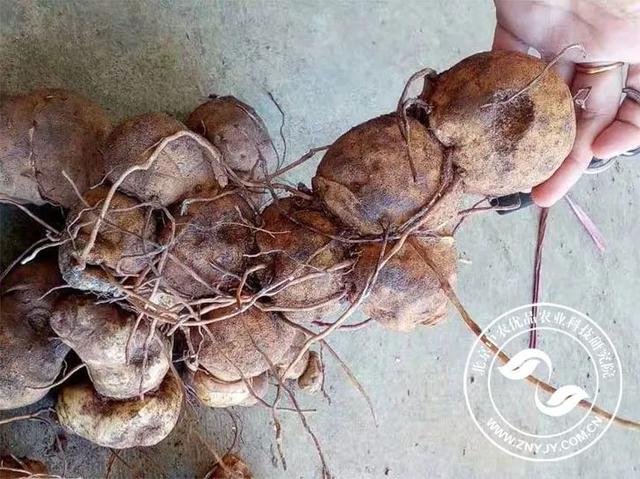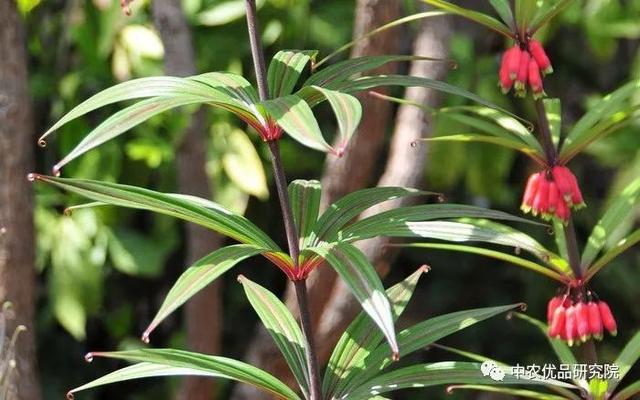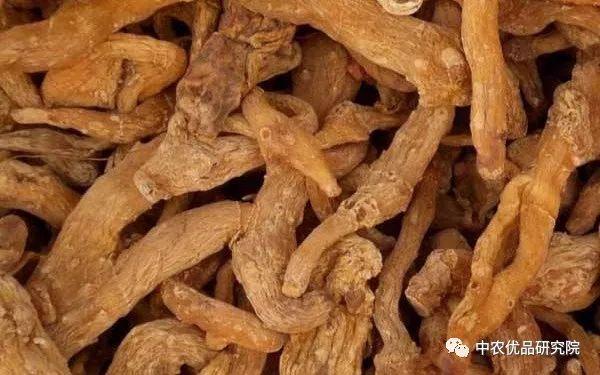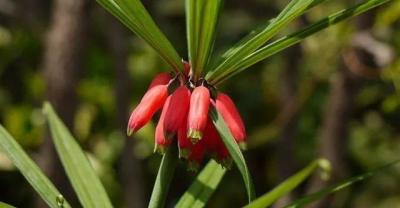The planting technology of the essence version of Polygonatum sibiricum. Look.
Polygonatum polygonatum is the dried rhizome of Polygonatum polygonatum, Polygonatum polygonatum or Polygonatum polygonatum. According to the differences between the original plants and medicinal materials, Rhizoma Polygonatum can be divided into ginger type, chicken head and rhubarb. The original plant of Rhizoma Rehmanniae is Polygonatum, the original plant of Chicken head Polygonatum is Polygonatum, and the original plant of Rhubarb is Yunnan Polygonatum.

The small family of middle farmers here has simply sorted out the cultivation methods of Rhizoma Polygonatum.
There are two main planting methods of Polygonatum polygonatum: tuber planting-seed nursery, which is relatively tedious and difficult to cultivate, so it is suggested that new drug farmers should not operate easily.
Tuber propagation

Every spring and autumn, it is suitable to plant 1-2-year-old strong, disease-free and pest-free plants as mother plants, and select the part with bud head at the end as the provenance. It is suitable to plant according to row spacing 22 cm 24 cm, plant spacing 10 cm 16 cm, depth 5 cm, and cover humus soil with a small amount of sandy soil. Irrigate the root water and water every 5 days after planting. Keep the soil moist during this period.
It is best to use plastic film or cover the surface with fertilizer and hay to keep warm when planting in autumn and winter.
Seed propagation

After the seeds matured in August, the mature and full seeds were treated with sand storage immediately: 1 seed and 3 sandy soil were mixed evenly. Store in a pit 30cm deep in the shade and keep it moist.
To sift out the seeds in late March of the following year, spread the seeds evenly into the shallow ditch on the border surface according to the row spacing of 12-15 cm, cover the soil with about 1.5 cm, water slightly, and cover with a layer of grass to moisturize.
Remove the cover grass before emergence, when the seedling height is 6-9 cm, the seedlings can be properly interplanted in the dense place, and transplant after 1 year. The advantage of this method is that the cost is relatively low, the disadvantage is that the relative humidity is difficult to maintain, the humidity is too high, the seeds become moldy, the moisture is too dry to germinate, and the cultivation risk is high. And the total cultivation time is longer.
Land selection and preparation

Warm and humid climate and humid environment. It is hardy and adaptable to climate. Can choose semi-alpine or flat cultivation, with deep, fertile, loose, moist soil cultivation is appropriate, a variety of good land can be slightly modified.
Before sowing, first turn deeply once, combined with land preparation, apply farm manure 2000 kg per mu, turn into the soil as base fertilizer, and then rake fine leveling, make the border, the width of the border is 1.2m. Set aside a drain with a depth of about 30 centimeters. Field management
In the early stage of growth, weeding should be often ploughed and weeded. The aboveground plant of Huangjing can grow about 1.5 meters long and is herbaceous, and the lodging phenomenon is more serious. Regular weeding should be carried out once a year in April, June, September and November, and the soil should be cultivated properly. In the future, the inspection will find that it can be pulled out at any time.

The sunny and dry places need to be watered in time. After the first three times of intertillage, 1500 kg of soil fertilizer was applied per mu, 50 kg of superphosphate and 50 kg of cake fertilizer were mixed well, and then ditched and applied between rows, and then covered with soil and covered with fertilizer. Huang Jing avoids water and shade, and should pay attention to drainage and intercropping corn. Pest control
Leaf spot: 65% mancozeb wettable powder 500 times solution can be used to control the disease.
Black spot disease occurs more than in spring, summer and autumn, causing damage to leaves. Prevention and control methods: clear the garden during harvest and eliminate the disease and residue; spray 1-100 Bordeaux solution in the early stage, once every 7 days, 3 times in a row.
Control methods: 75% phoxim EC can be used to mix seeds with 0.1% seed amount, or 1000 times of 90% trichlorfon solution can be used to irrigate the seeds during the field occurrence period.
Harvesting and processing

It is generally harvested in spring and autumn, and the harvest quality is good in autumn. After 3-4 years of cultivation, the aboveground parts are withered and harvested, the rhizomes are dug, the aboveground parts and whisker roots are removed, the soil is washed, steamed in the steamer until it is oily, it is dried or dried, or boiled in water, it is taken out to dry or dry. Seed retention technique
Rhizoma Polygonatum can be propagated by rhizome and seed, but it is better to use rhizome in production. In late autumn or late March in early spring, robust and disease-free plants can be selected to dig underground rhizomes as propagation materials and planted directly.
- Prev

Planting old sayings, you know?
To plow, to see dead soil, to rake, to see slopping soil, and to see wet soil. Ploughing an inch deep is equal to the upper layer of dung. Farming without dung is tantamount to fooling around. Medium well, ten.
- Next

When missing teeth meet dental implants
Dental implants for many people are still foggy looking at the moon in the water, can not see clearly, written instructions are superficial. So, in the end, a missing tooth meets.
Related
- Fuxing push coffee new agricultural production and marketing class: lack of small-scale processing plants
- Jujube rice field leisure farm deep ploughing Yilan for five years to create a space for organic food and play
- Nongyu Farm-A trial of organic papaya for brave women with advanced technology
- Four points for attention in the prevention and control of diseases and insect pests of edible fungi
- How to add nutrient solution to Edible Fungi
- Is there any good way to control edible fungus mites?
- Open Inoculation Technology of Edible Fungi
- Is there any clever way to use fertilizer for edible fungus in winter?
- What agents are used to kill the pathogens of edible fungi in the mushroom shed?
- Rapid drying of Edible Fungi

